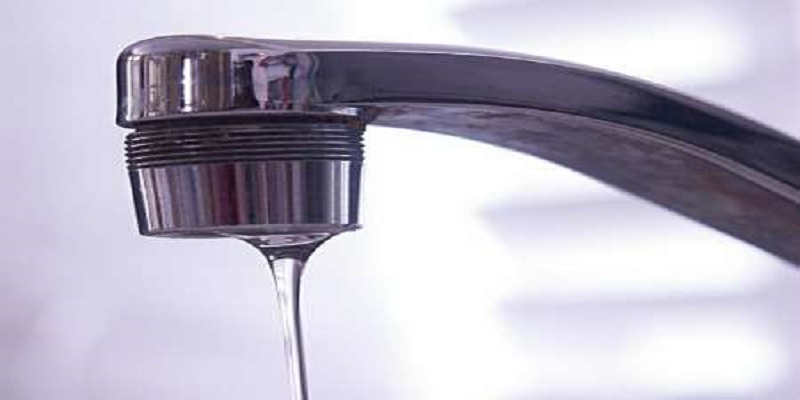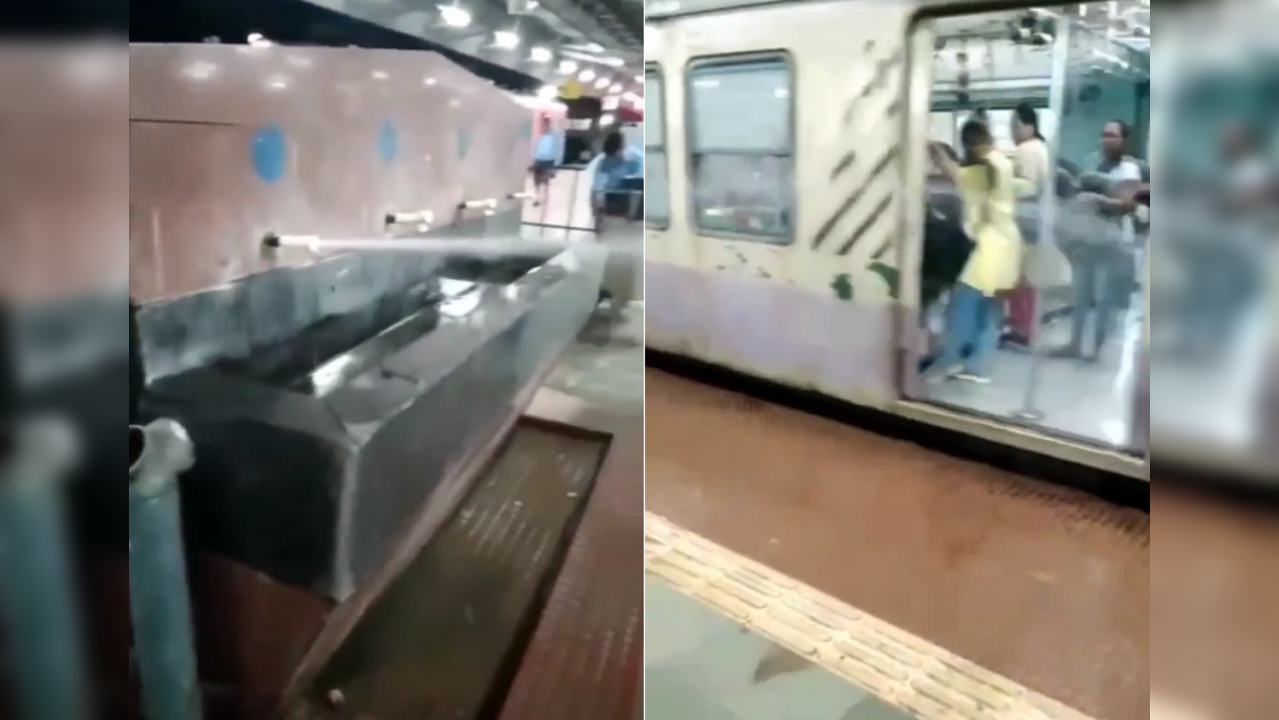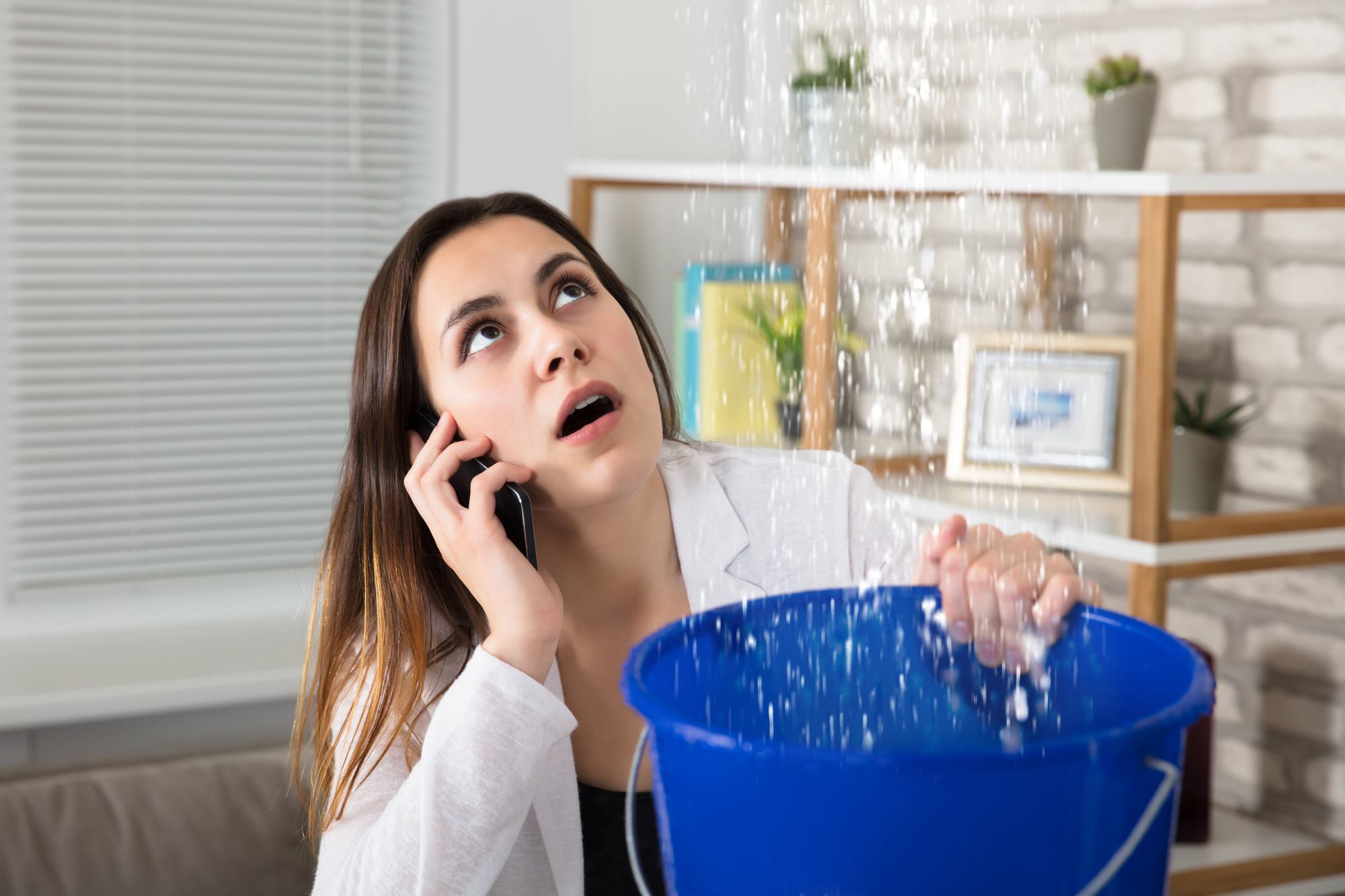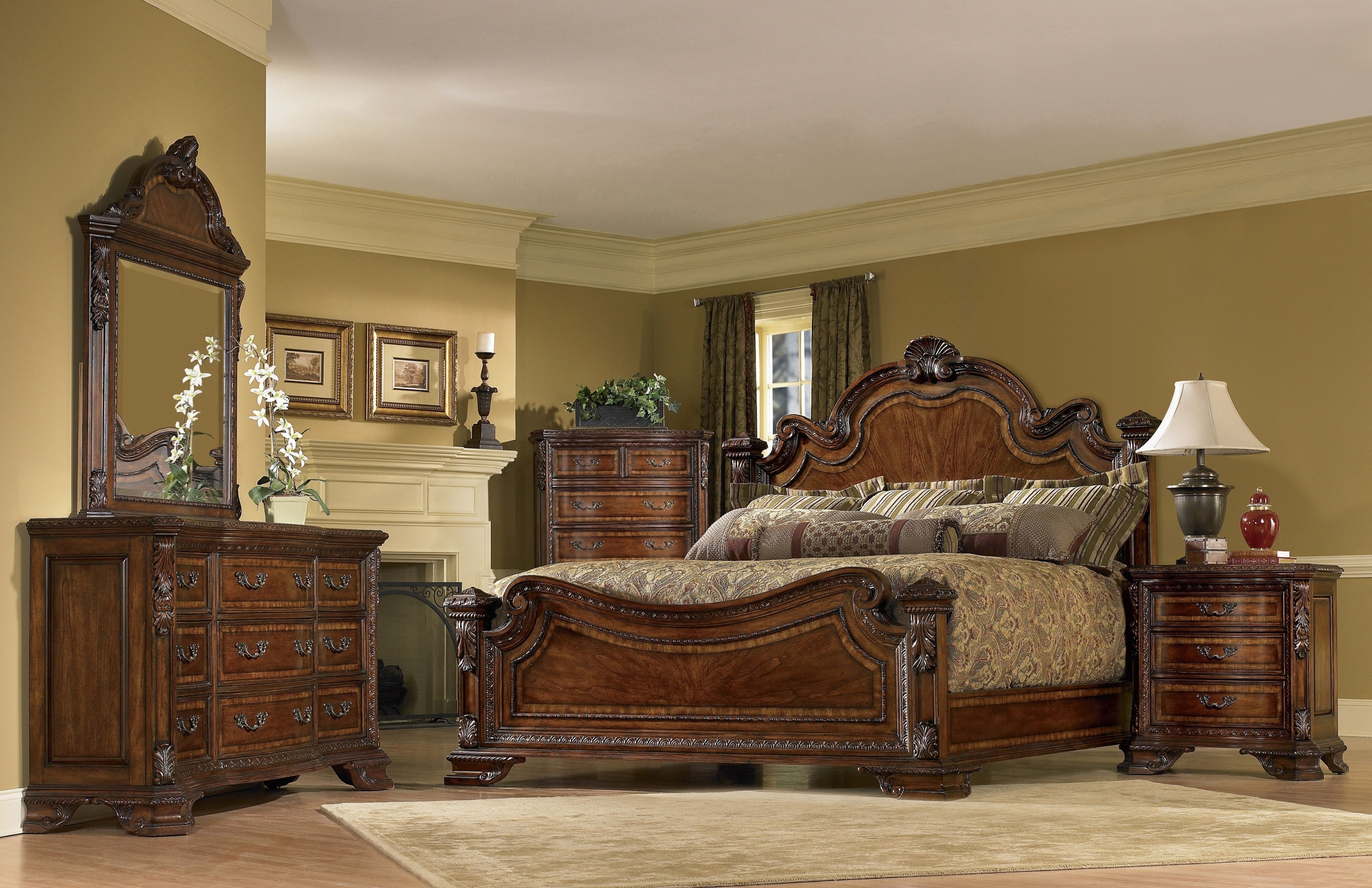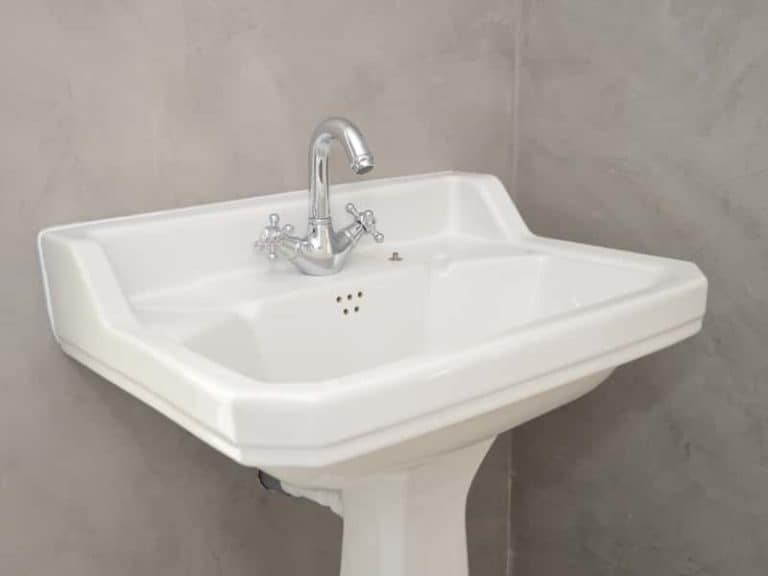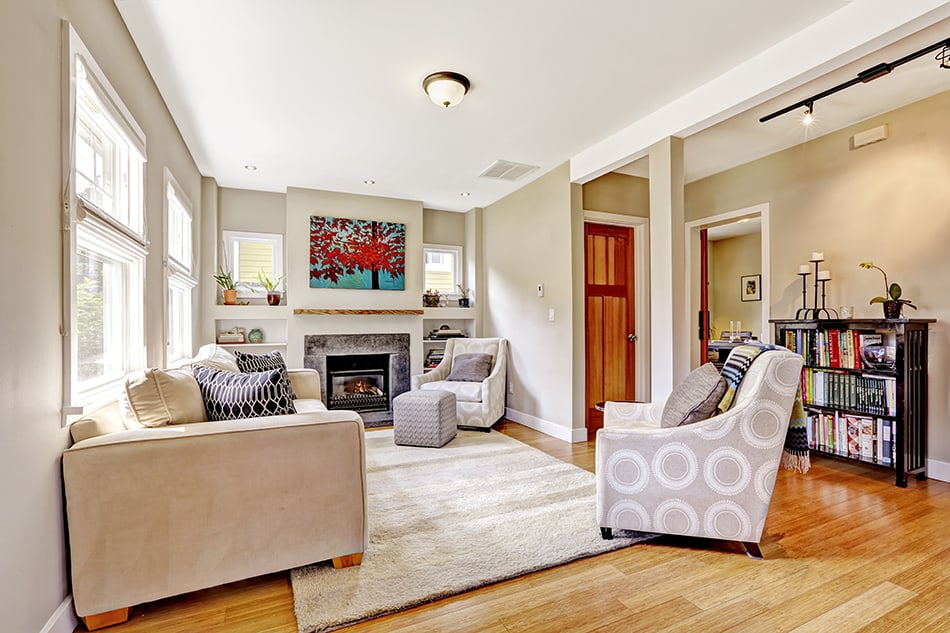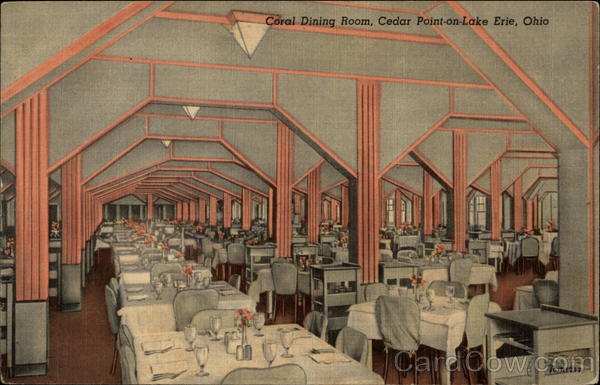If you suddenly find yourself with no cold water pressure in your kitchen sink, the first thing you should check is the shut-off valve. This valve controls the flow of water into your sink, and it's possible that it may have accidentally been turned off or partially closed. Make sure the valve is fully open and check for any signs of damage or wear. If the valve is damaged, you may need to replace it to restore proper water pressure.Check the shut-off valve
The aerator is a small mesh screen at the end of your faucet that helps regulate the flow of water and prevent splashing. Over time, it can become clogged with mineral deposits and debris, which can restrict water flow. To check the aerator, unscrew it from the faucet and clean it with a mixture of water and vinegar. If the aerator is damaged, you can easily replace it with a new one from your local hardware store.Check the aerator
The supply line is the hose that connects your sink to the main water supply. If this line is damaged or kinked, it can restrict water flow to your sink. Check for any visible damage or obstructions in the supply line and replace it if necessary. It's also a good idea to periodically check and replace your supply line to prevent any future issues with water pressure.Check the supply line
The faucet cartridge is the mechanism inside your faucet that regulates the flow of water. Over time, it can become worn or damaged, which can affect the water pressure in your sink. If you suspect the faucet cartridge is the issue, you can easily replace it with a new one. Just be sure to turn off the water supply before attempting to remove the old cartridge.Check the faucet cartridge
If none of the above solutions have restored your cold water pressure, the issue may lie within your pipes. Over time, mineral deposits and debris can build up and cause clogs, restricting water flow. You can try using a plunger or a drain snake to clear the clog, but for more severe clogs, it's best to call a professional plumber.Check for clogs in the pipes
Another possible cause of low cold water pressure in your kitchen sink is a faulty water pressure regulator. This device helps regulate the water pressure in your home, and if it's not functioning properly, it can affect the flow of water to your sink. If you suspect the regulator is the issue, you may need to call a plumber to have it replaced.Check the water pressure regulator
In some cases, a broken pipe can be the culprit behind low cold water pressure in your kitchen sink. This can be caused by freezing temperatures, aging pipes, or damage from outside sources. If you suspect a broken pipe, turn off the water supply and call a plumber immediately for repairs.Check for a broken pipe
If you have a water heater in your home, it's possible that it may be the reason for your low cold water pressure. Sediment and debris can build up in the tank over time, affecting the flow of water. Flushing your water heater regularly can help prevent this issue, but if the pressure is still low, you may need to call a professional to inspect and repair your water heater.Check the water heater
If you've exhausted all other possibilities and still have no cold water pressure in your kitchen sink, the issue may be a faulty faucet. Over time, faucets can wear out and begin to leak or restrict water flow. If this is the case, it's best to replace the entire faucet to ensure proper water pressure and avoid future issues.Check for a faulty faucet
If all else fails, it's best to call a plumber for professional help. They have the knowledge and expertise to diagnose and fix any issues with your plumbing, ensuring that your cold water pressure is restored and your kitchen sink is functioning properly. In conclusion, there are several potential causes for low cold water pressure in your kitchen sink. By checking these common sources of the issue, you can hopefully resolve it on your own. However, if the problem persists, don't hesitate to call a professional for assistance to ensure your plumbing is in top condition.Call a plumber for professional help
Possible Causes of Low Cold Water Pressure in the Kitchen Sink

1. Clogged or Malfunctioning Faucet Aerator
 One of the most common reasons for low cold water pressure in the kitchen sink is a clogged or malfunctioning faucet aerator. This small device, located at the end of the faucet, is designed to control the flow and mix of air and water to create a smooth and aerated stream. Over time, mineral deposits and debris can build up in the aerator, causing a blockage that restricts the flow of water. This can lead to reduced water pressure and a weaker stream of water.
One of the most common reasons for low cold water pressure in the kitchen sink is a clogged or malfunctioning faucet aerator. This small device, located at the end of the faucet, is designed to control the flow and mix of air and water to create a smooth and aerated stream. Over time, mineral deposits and debris can build up in the aerator, causing a blockage that restricts the flow of water. This can lead to reduced water pressure and a weaker stream of water.
2. Dirty or Blocked Water Supply Line
 Another possible cause of low cold water pressure in the kitchen sink is a dirty or blocked water supply line. If the water supply line is clogged with debris or sediment, it can restrict the flow of water and result in low pressure. This is especially common in older homes with outdated plumbing systems. Additionally, low pressure can also be caused by a kink or blockage in the water supply line, so it's important to check for any visible obstructions.
Another possible cause of low cold water pressure in the kitchen sink is a dirty or blocked water supply line. If the water supply line is clogged with debris or sediment, it can restrict the flow of water and result in low pressure. This is especially common in older homes with outdated plumbing systems. Additionally, low pressure can also be caused by a kink or blockage in the water supply line, so it's important to check for any visible obstructions.
3. Issues with the Main Water Supply
 In some cases, the problem may not be with your kitchen sink at all, but with the main water supply to your home. If there is an issue with the municipal water supply, such as a broken pipe or maintenance work, it can cause a decrease in water pressure throughout the entire house. This can also occur if you have a private water well, and there is an issue with the pump or water pressure tank.
In some cases, the problem may not be with your kitchen sink at all, but with the main water supply to your home. If there is an issue with the municipal water supply, such as a broken pipe or maintenance work, it can cause a decrease in water pressure throughout the entire house. This can also occur if you have a private water well, and there is an issue with the pump or water pressure tank.
4. Plumbing Problems
 Lastly, low cold water pressure in the kitchen sink can also be a result of plumbing issues within the house. This could include a leak in the pipes, a damaged pressure regulator, or even corroded pipes. It's important to regularly inspect your plumbing system and address any issues promptly to avoid further damage and maintain proper water pressure.
Lastly, low cold water pressure in the kitchen sink can also be a result of plumbing issues within the house. This could include a leak in the pipes, a damaged pressure regulator, or even corroded pipes. It's important to regularly inspect your plumbing system and address any issues promptly to avoid further damage and maintain proper water pressure.
Conclusion
 In conclusion, there are a few possible reasons for experiencing low cold water pressure in the kitchen sink. By identifying the issue and addressing it promptly, you can ensure a steady and adequate flow of water in your kitchen sink. If you are unsure of the cause or unable to resolve the issue on your own, it is always best to consult a professional plumber for assistance. Taking care of your plumbing system is crucial for maintaining a functional and comfortable home.
In conclusion, there are a few possible reasons for experiencing low cold water pressure in the kitchen sink. By identifying the issue and addressing it promptly, you can ensure a steady and adequate flow of water in your kitchen sink. If you are unsure of the cause or unable to resolve the issue on your own, it is always best to consult a professional plumber for assistance. Taking care of your plumbing system is crucial for maintaining a functional and comfortable home.


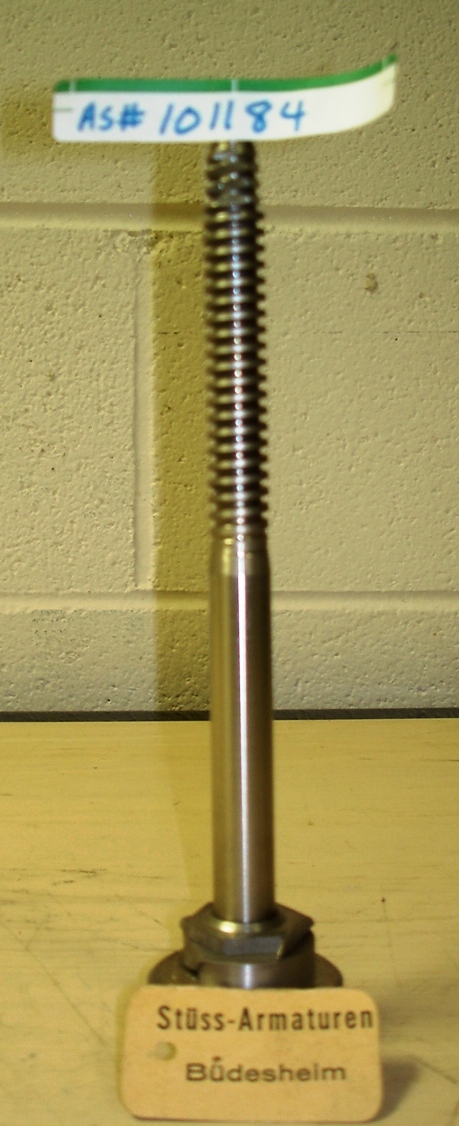
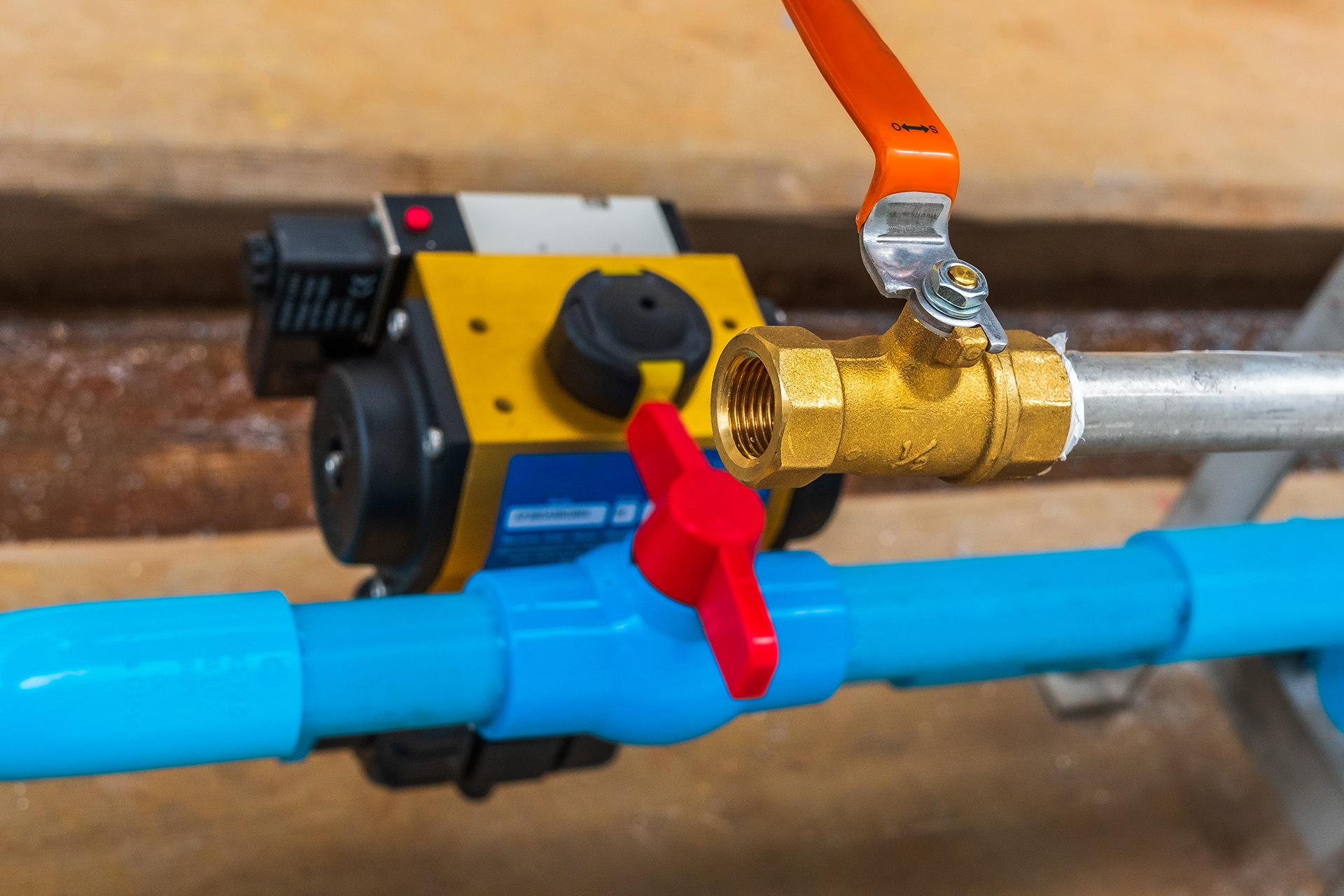
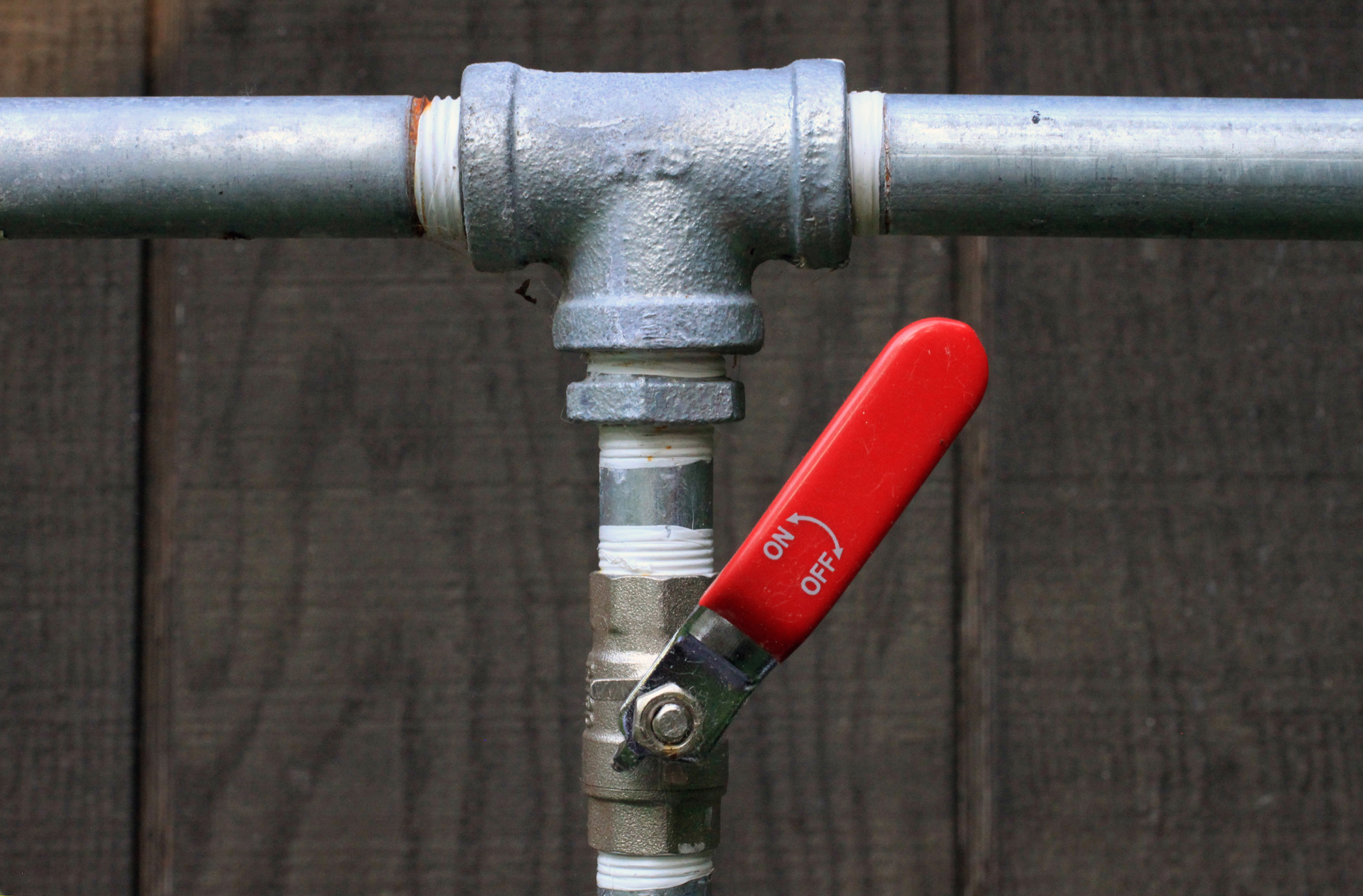


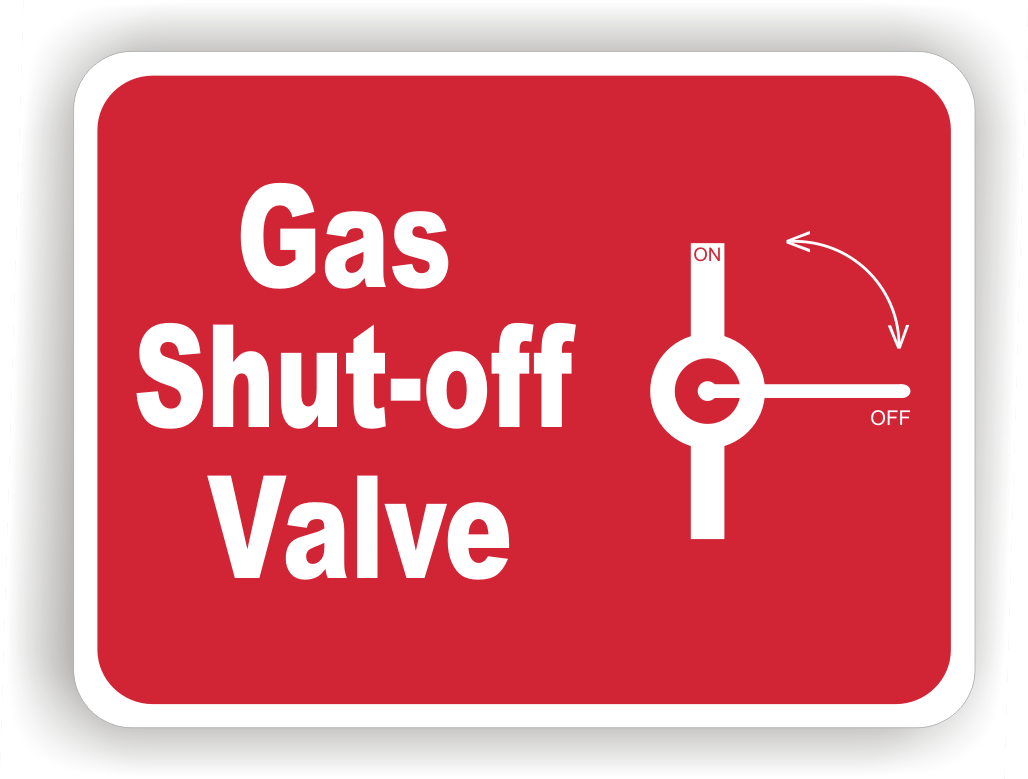

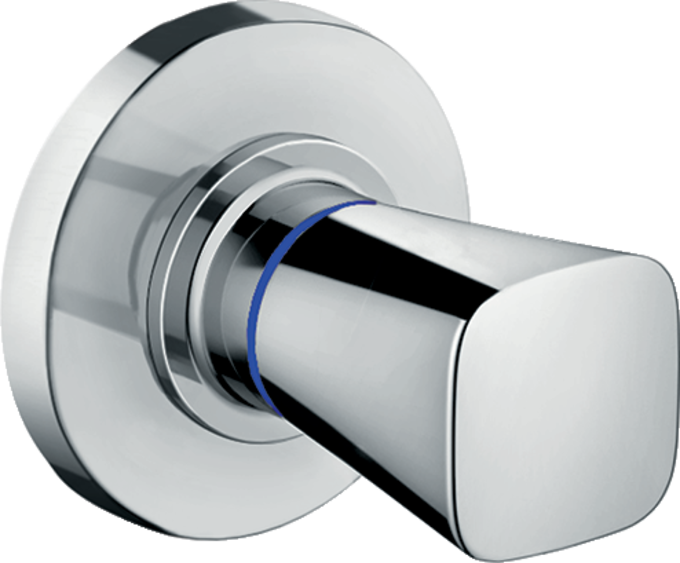
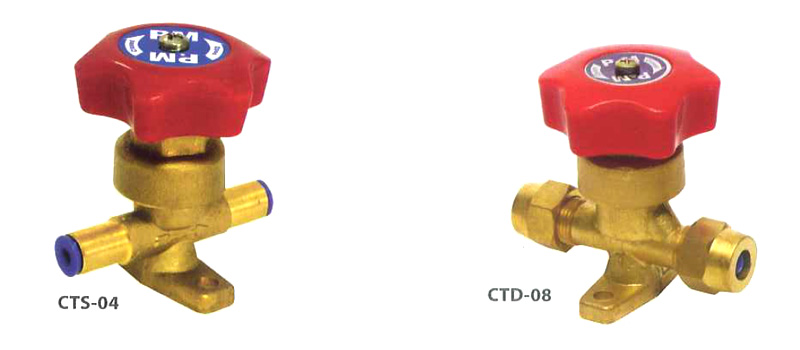










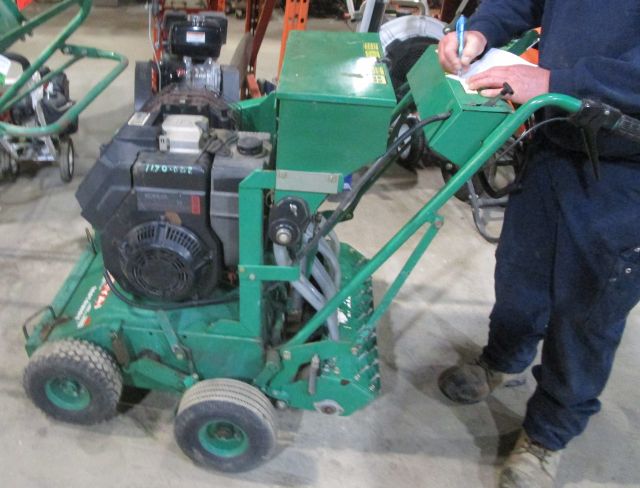
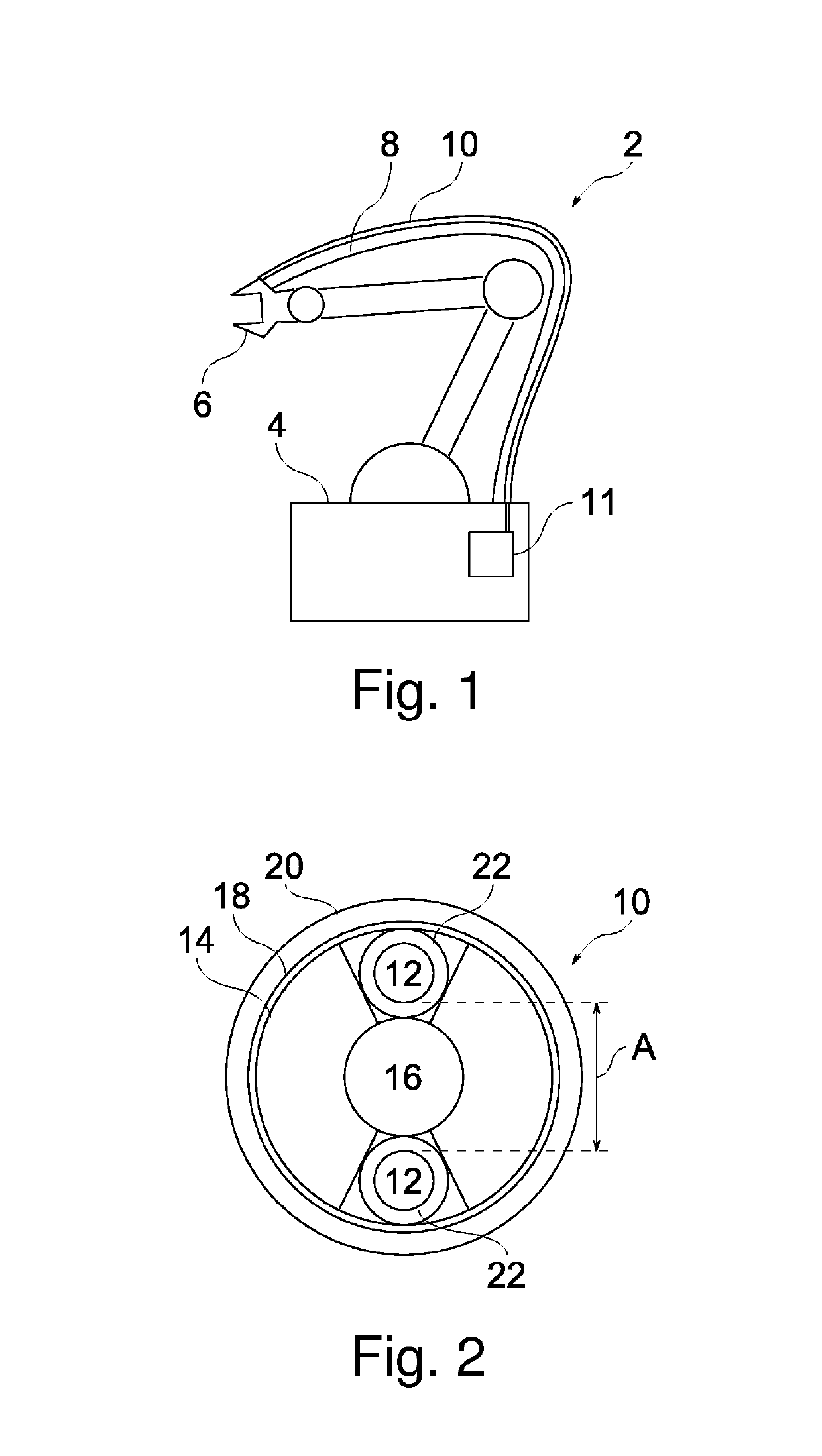

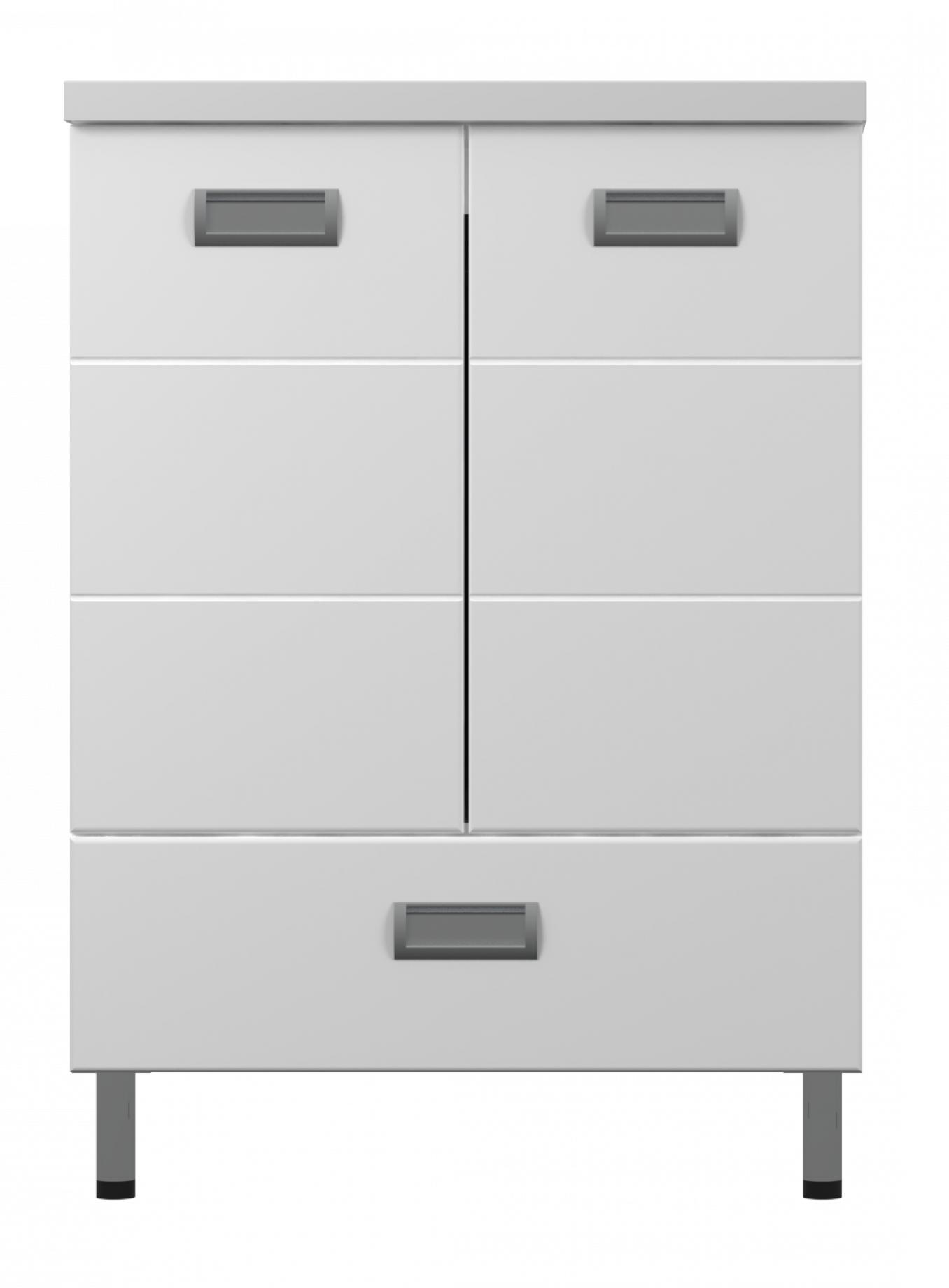










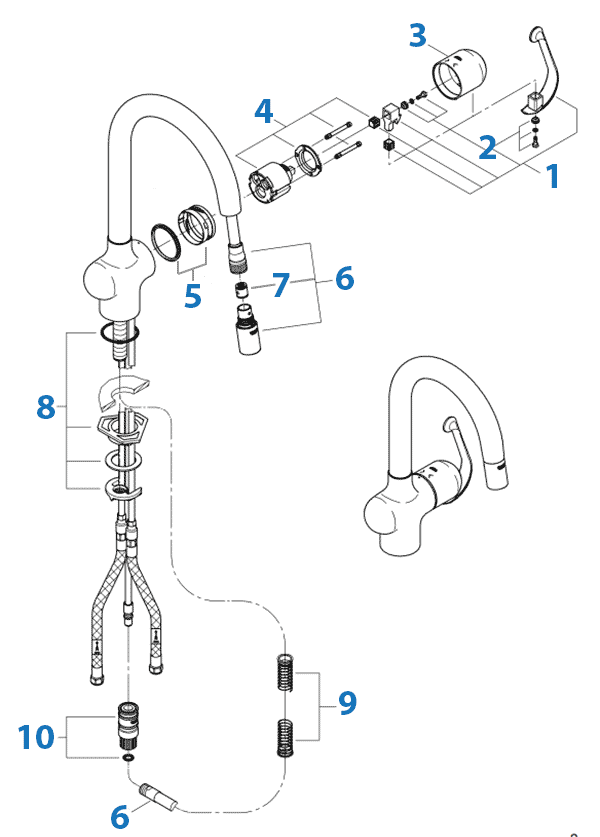






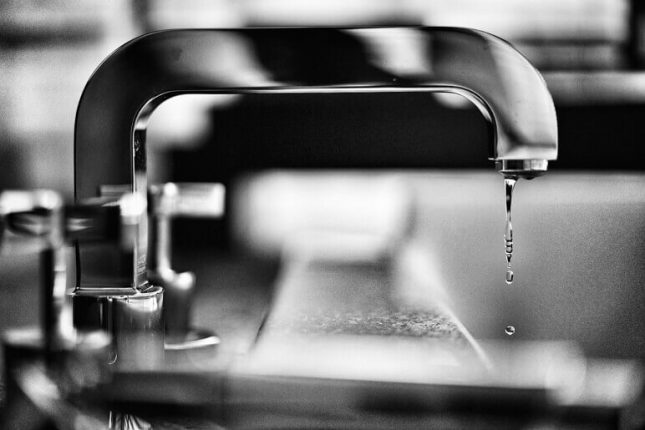












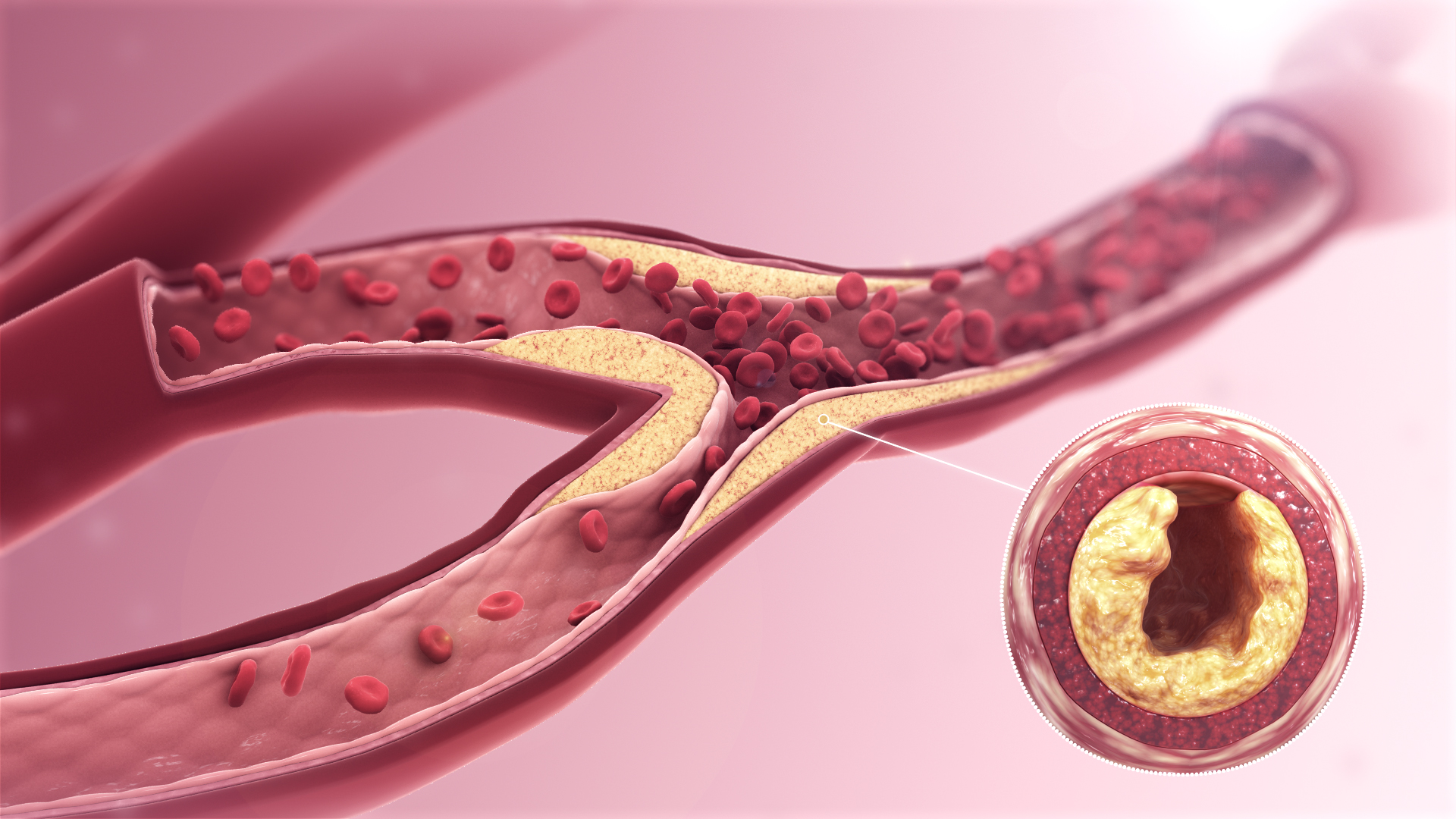




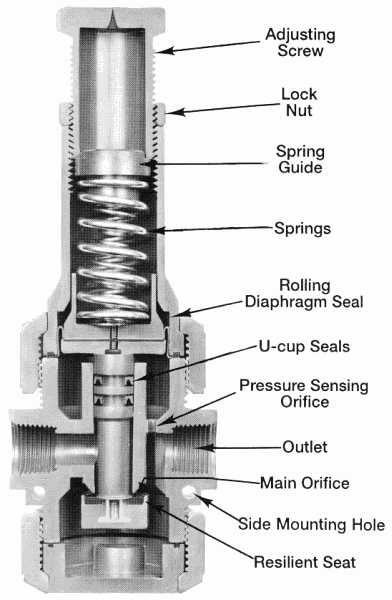

:max_bytes(150000):strip_icc()/Water-pressure-regulator-2718696_color-8cb88034226e4c43aae61588c648e23f.jpg)

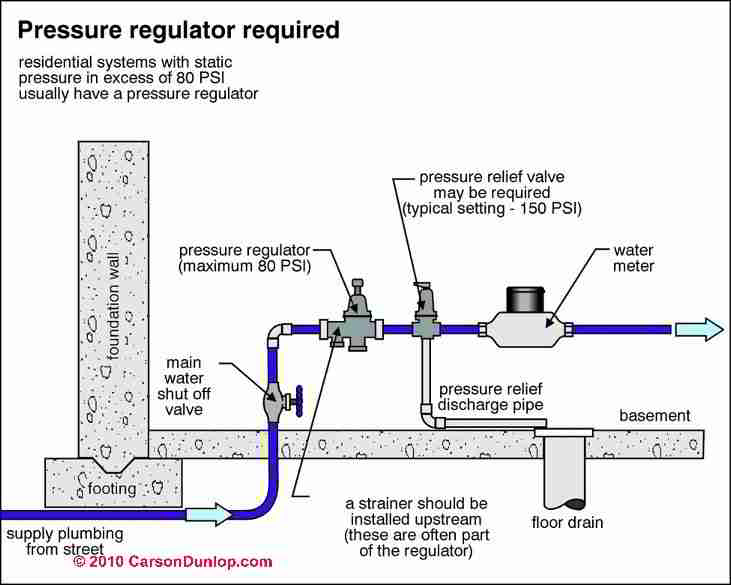



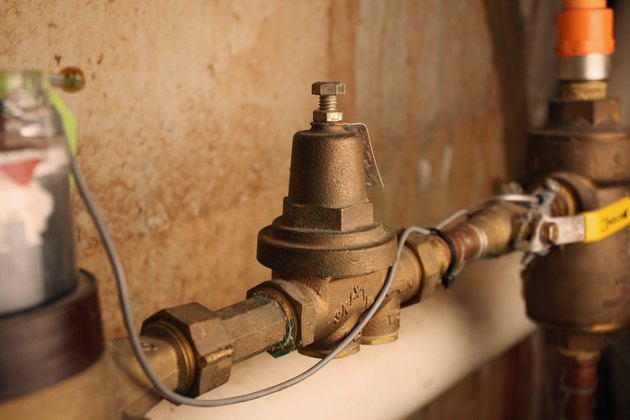



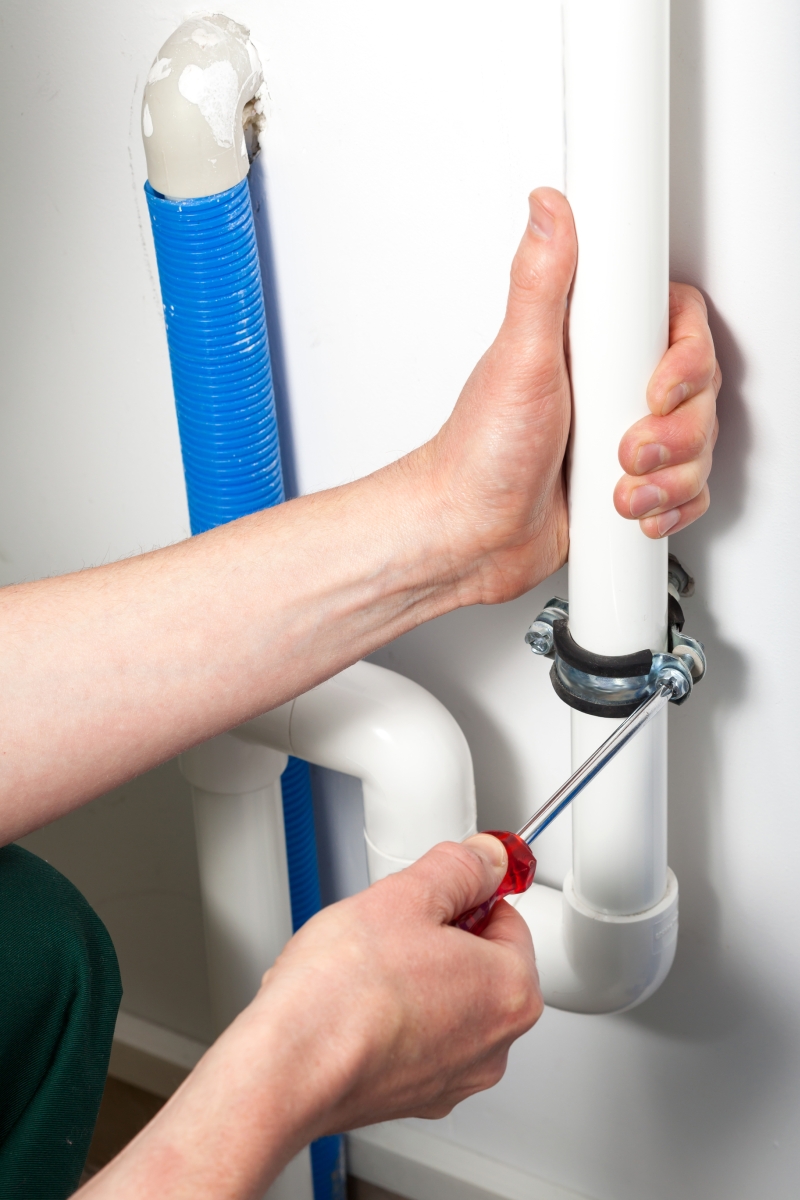

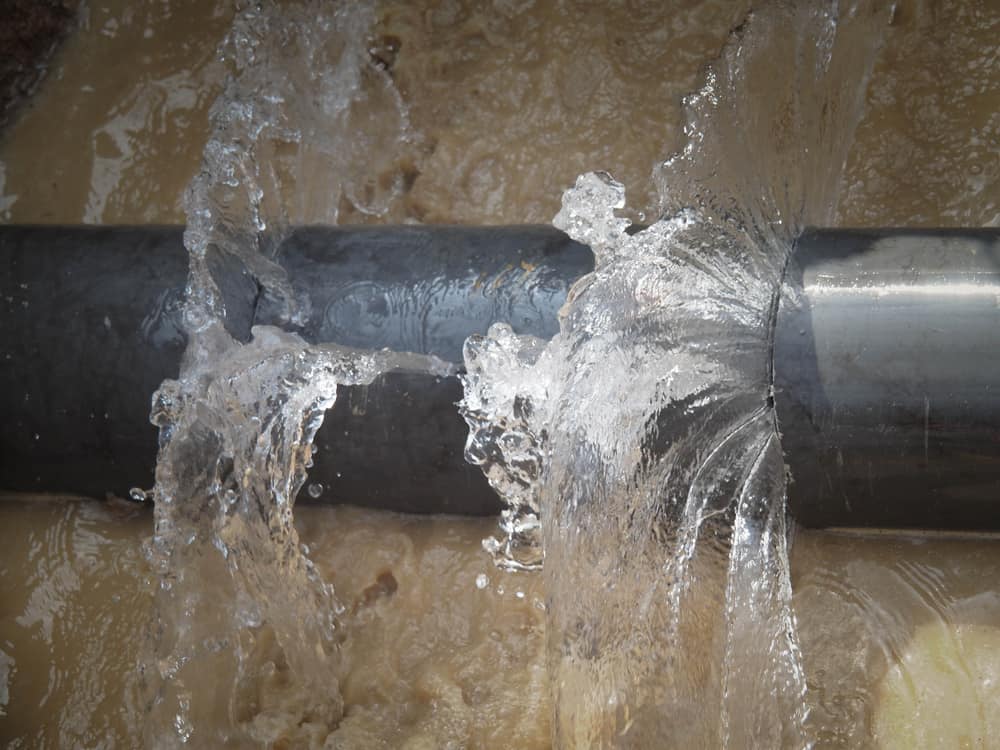

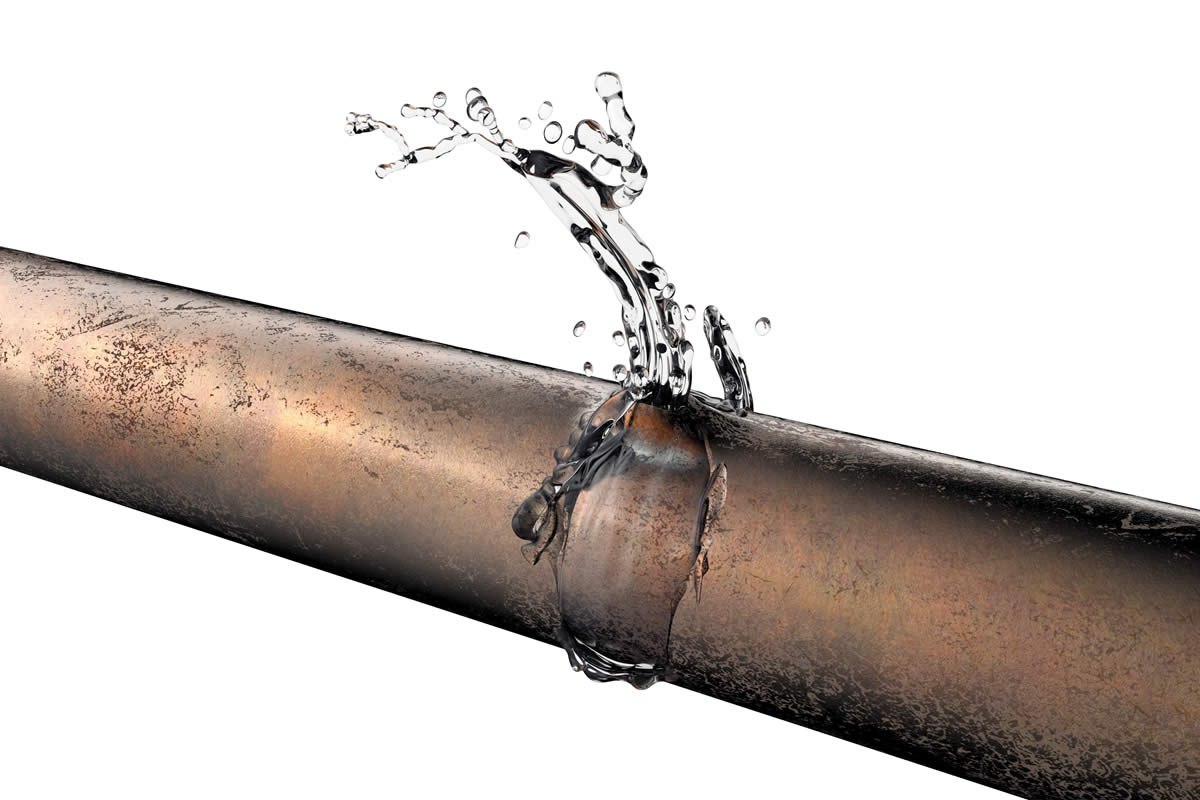
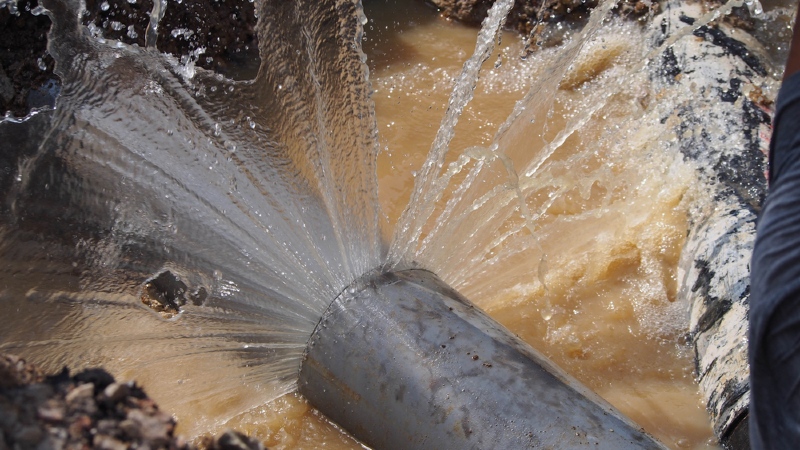

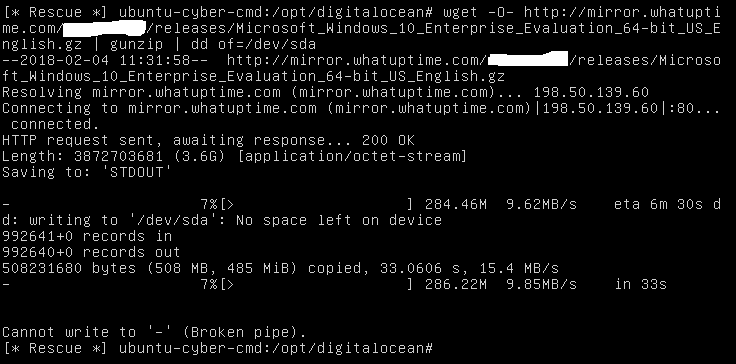

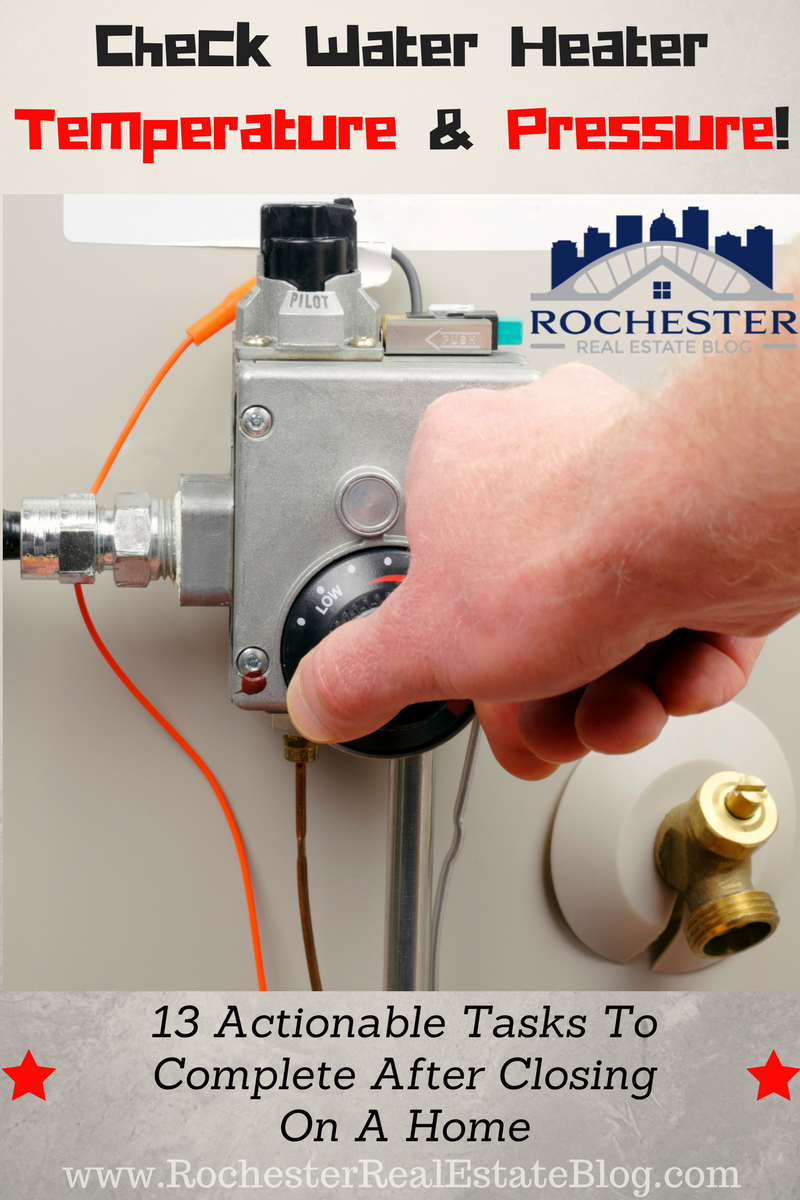
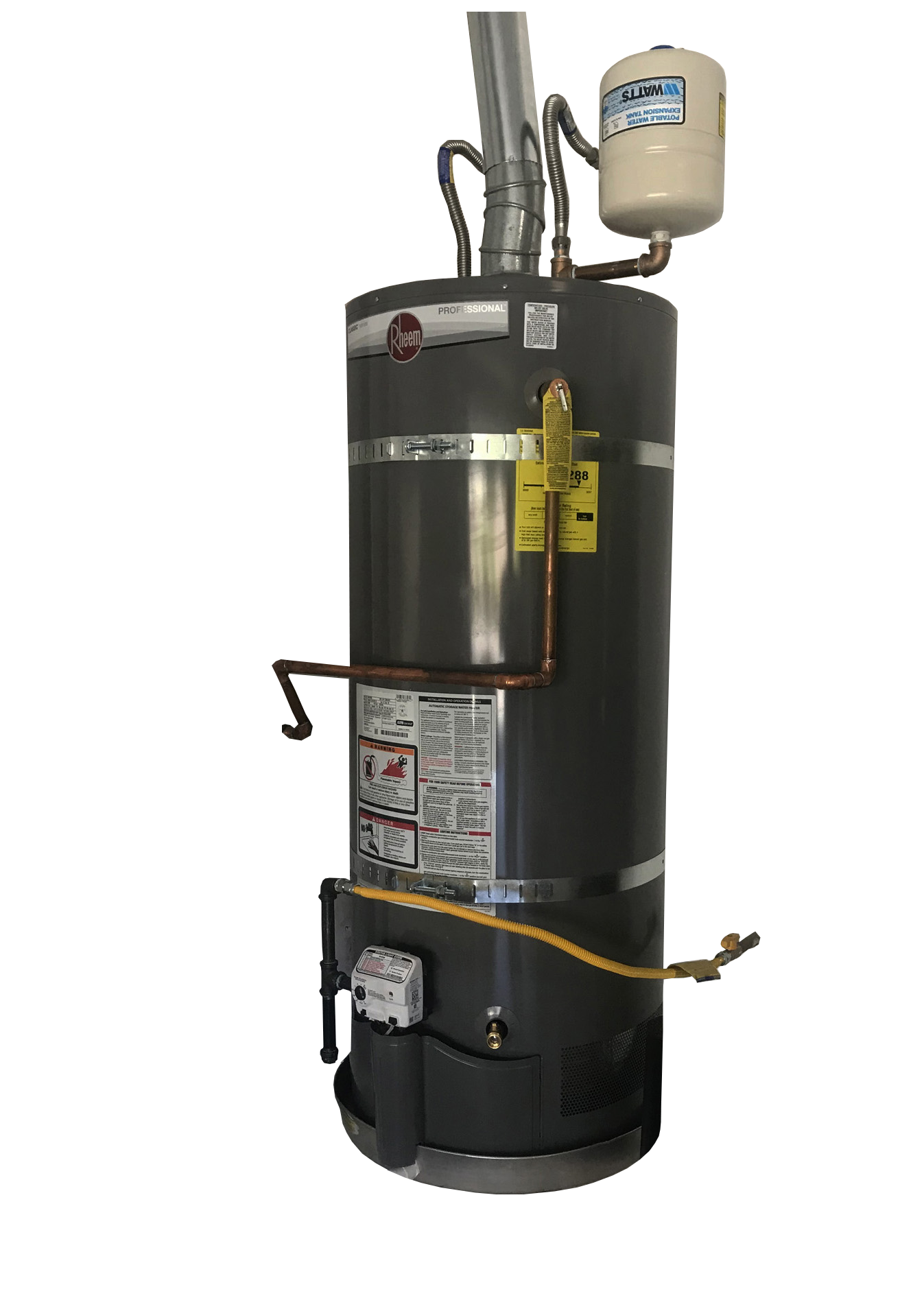


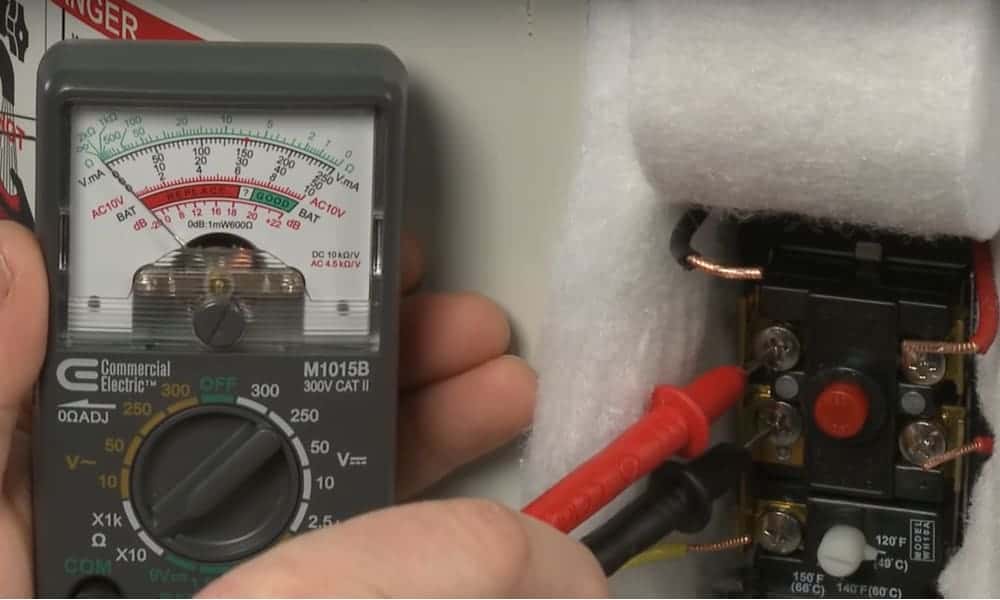
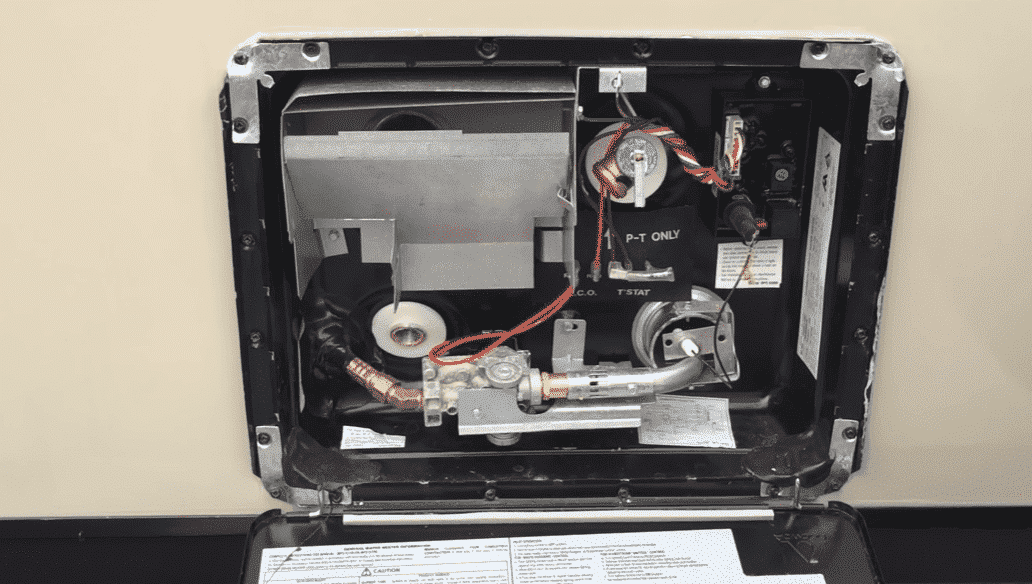


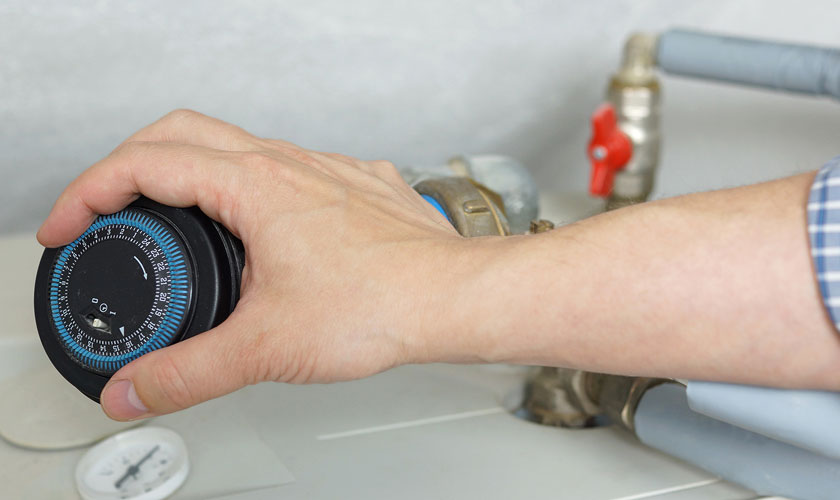
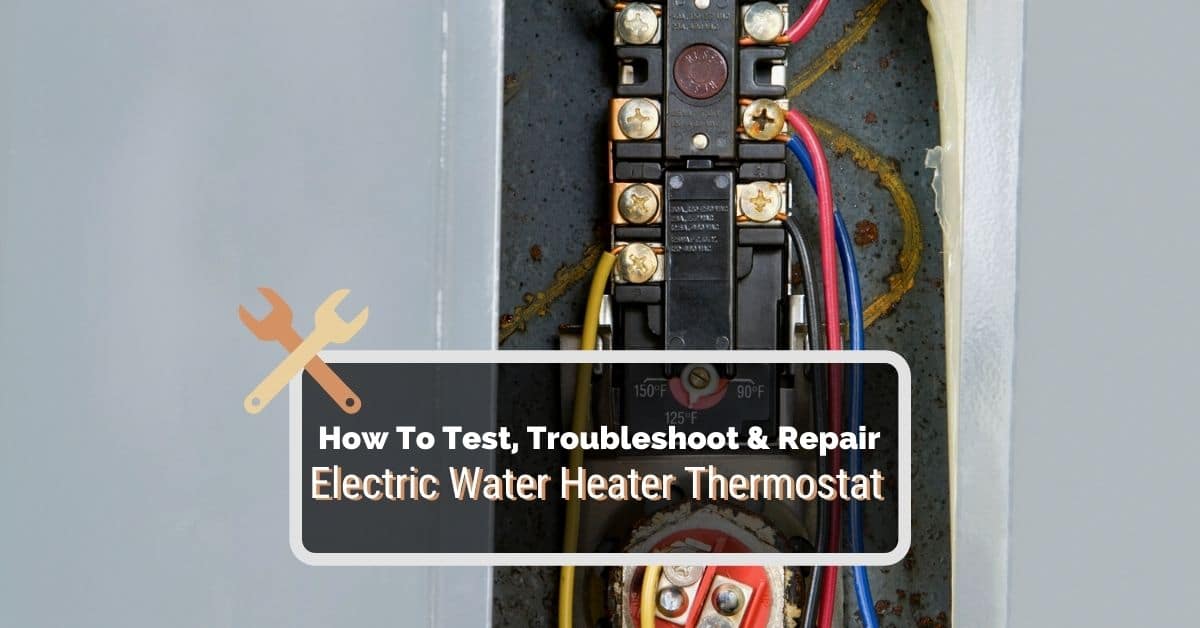


:max_bytes(150000):strip_icc()/faulty-kitchen-faucet-140358503-5840b9c43df78c02309d3c30.jpg)

